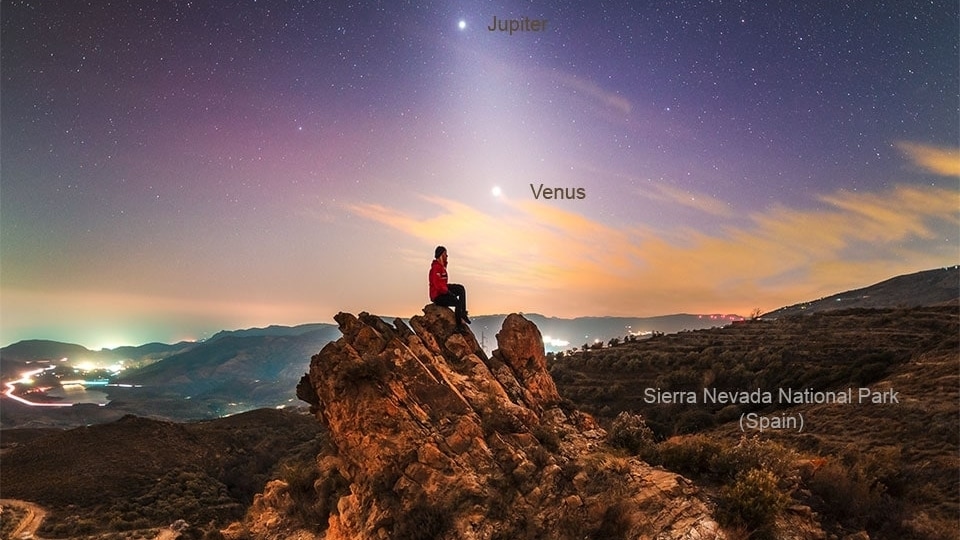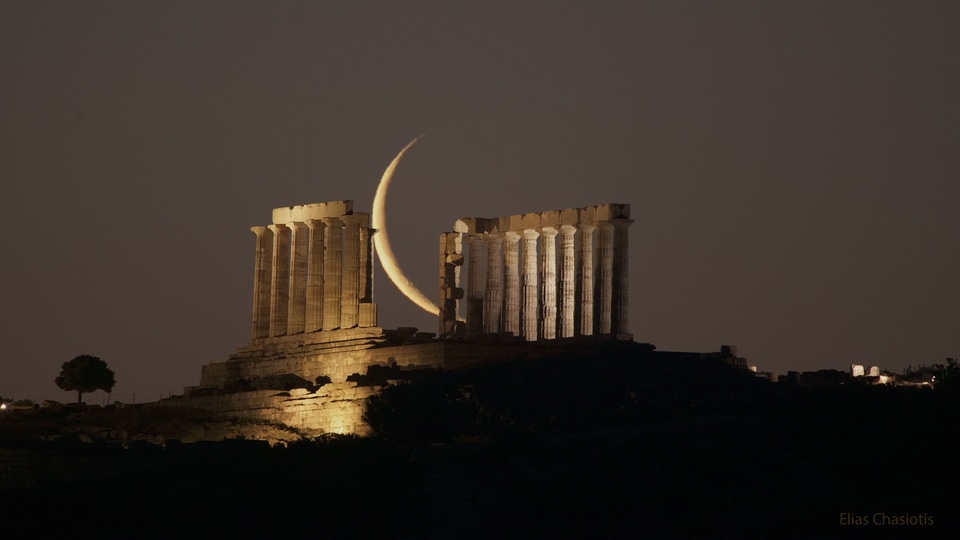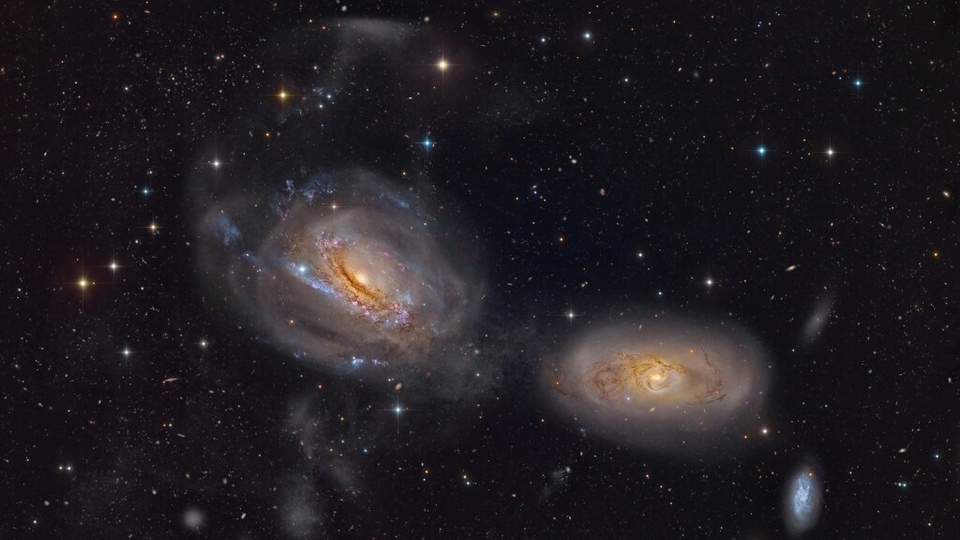Earth has a 2nd moon! Amazing 65-foot asteroid just found by Pan-STARRS telescope
Astronomers have discovered an asteroid that has been dubbed as the second moon of the Earth.






 View all Images
View all ImagesAstronomers have discovered a new asteroid that has been orbiting Earth, acting as a "quasi-moon" of our planet. Yes, it is being called the Earth's second moon. This asteroid, named 2023 FW13, has a unique and complex orbit that extends halfway between Mars and Venus, according to David Chandler of Sky & Telescope.
The asteroid was first detected on March 28 by astronomers using the Pan-STARRS survey Telescope, located on top of Haleakala, a dormant volcano in Hawaii. The Canada-France-Hawaii Telescope, as well as the Kitt Peak National Observatory and Mt. Lemmon SkyCenter in Arizona, later confirmed its existence. The official announcement of the discovery was made in April.
The news caught the attention of Adrien Coffinet, a journalist from the French news website Futura - Inspirons l'avenir. Coffinet used an orbit simulator developed by amateur astronomer Tony Dunn to map the path of the asteroid. His analysis revealed that 2023 FW13 shares the same orbital period as Earth while also looping around our planet. Based on these findings, Coffinet concluded that the space rock is likely a quasi-moon or quasi-satellite of Earth.
Although 2023 FW13, estimated to be about 65-foot (20 meters) wide, follows a similar path to Earth, astronomers say that the gravitational pull of the sun has a much greater influence on the asteroid. Earth's impact on its orbit is minimal, allowing the asteroid to remain close to our planet. Each year, it comes within 9 million miles (15 million kilometers) of Earth, while the moon, at its closest point to Earth, reaches about 223,693 miles (360,000 km) away.
This is not the first asteroid of its kind to be discovered near Earth. Astronomers compare the orbit of Asteroid 2023 FW13 to that of another asteroid known as Kamo'oalewa or 2016 HO3, which was also identified as an Earth quasi-satellite in 2016. Similar to its predecessor, 2023 FW13 has been observed in archived data dating back to 2012. By analyzing this information, citizen astronomers have determined that the asteroid has been in our general vicinity since 100 B.C. and is expected to remain until at least A.D. 3700. According to Chandler of Sky & Telescope, if these calculations are accurate, 2023 FW13 would be the most stable quasi-satellite of Earth ever discovered.
Quasi-satellite 2023 FZ13 made @SkyandTelescope! https://t.co/k6SBWbG5Qo
— Tony Dunn (@tony873004) April 8, 2023
But just a small clarification from the article. Earth's gravity has everything to do with the longevity of this quasi-orbit. 1/n pic.twitter.com/sPgJ3mJ2F1
Catch all the Latest Tech News, Mobile News, Laptop News, Gaming news, Wearables News , How To News, also keep up with us on Whatsapp channel,Twitter, Facebook, Google News, and Instagram. For our latest videos, subscribe to our YouTube channel.































